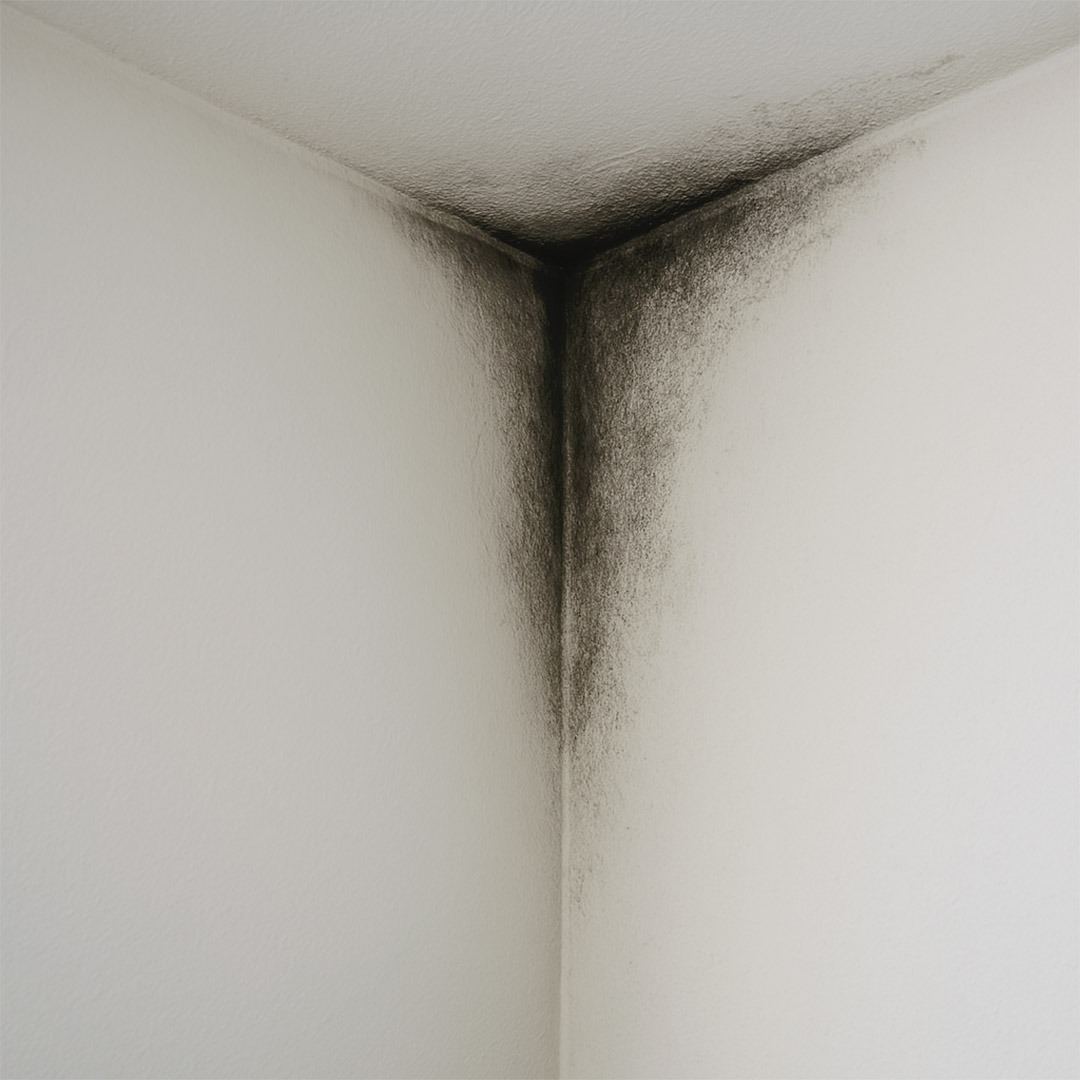ADVERTISEMENT
> 🔁 Repeat if needed. Do **not** use bleach on porous surfaces—it can make things worse by feeding mold deep inside the wall.
—
### 🧯 Step 3: **Find and Eliminate the Source of Moisture**
Cleaning mold is only half the battle. If you don’t stop the moisture, it *will* come back.
Check for:
– Leaks from roofs, pipes, or windows
– Condensation from poor insulation
– Blocked or missing vents
– High humidity levels (use a hygrometer to check)
**Fix leaks immediately** and consider using a **dehumidifier** in the affected area.
—
### 🏠 Step 4: **Improve Airflow and Ventilation**
Mold hates fresh, moving air.
– Keep doors open between rooms.
– Use exhaust fans in bathrooms and kitchens.
– Open windows regularly.
– Consider installing a small ventilation fan in problematic rooms.
—
### 🎨 Step 5: **Repaint with Mold-Resistant Paint (Optional)**
Once the wall is fully clean and dry, you can repaint it using a **mold-resistant or anti-fungal paint** for added protection. This helps stop future spores from taking hold again.
—
## 🚨 When to Call a Pro
If:
– The mold covers **more than 1 square meter**
– You smell mold but **can’t see it**
– You or your family are experiencing **respiratory issues**
– The mold returns quickly after cleaning
It’s time to bring in a mold remediation specialist. Some infestations run deeper than DIY can reach.
—
## 🌬 Final Thought: It’s Not Just Cosmetic
A black-stained wall isn’t just ugly—it’s your home’s **warning sign** that something’s wrong. The sooner you catch and fix it, the less damage (and cost) you’ll face in the long run.
So if your wall corners are turning black, don’t ignore it. **Now you know what it means—and exactly how to tackle it.**
—
Need a printable checklist for mold cleaning or humidity control tips? Just let me know—I’ve got your back (and your walls)!
